Identify the organic product obtained in the following reaction:
2,3-Dimethylbutan-2-olconc. H2SO4−−−−−−−→
To identify the organic product obtained from the reaction of 2,3-dimethylbutan-2-ol with concentrated sulfuric acid, we can follow these steps:
Step 1: Understand the structure of 2,3-dimethylbutan-2-ol
2,3-dimethylbutan-2-ol has the following structure:
- It is a branched alcohol with two methyl groups on the second and third carbon atoms, and a hydroxyl (-OH) group on the second carbon.
Step 2: Reaction with concentrated sulfuric acid
When 2,3-dimethylbutan-2-ol reacts with concentrated sulfuric acid, the hydroxyl group (-OH) is protonated to form a better leaving group, leading to the formation of a carbocation.
Step 3: Formation of carbocation
The protonation of the -OH group leads to the formation of water (H2O) as a leaving group. The resulting carbocation is a tertiary carbocation, which is stable due to the presence of three alkyl groups attached to the positively charged carbon.
Step 4: Elimination of a proton
The next step involves the elimination of a proton (H+) from a carbon adjacent to the carbocation. This step can lead to the formation of an alkene. The elimination can occur from different carbon atoms, leading to different alkene products.
Step 5: Identify the possible alkenes
1. If the proton is removed from the carbon adjacent to the carbocation that has two methyl groups, we can form a more substituted alkene (more stable).
2. If the proton is removed from the other methyl group, a less substituted alkene is formed.
Step 6: Determine the major and minor products
- The more substituted alkene is generally the major product due to its stability. In this case, the major product will be 2,3-dimethylbut-2-ene.
- The minor product will be 2,3-dimethylbut-1-ene.
Final Answer
The organic products obtained from the reaction of 2,3-dimethylbutan-2-ol with concentrated sulfuric acid are:
1. Major product: 2,3-dimethylbut-2-ene
2. Minor product: 2,3-dimethylbut-1-ene
---
2,3-dimethylbutan-2-ol has the following structure:
- It is a branched alcohol with two methyl groups on the second and third carbon atoms, and a hydroxyl (-OH) group on the second carbon.
When 2,3-dimethylbutan-2-ol reacts with concentrated sulfuric acid, the hydroxyl group (-OH) is protonated to form a better leaving group, leading to the formation of a carbocation.
The protonation of the -OH group leads to the formation of water (H2O) as a leaving group. The resulting carbocation is a tertiary carbocation, which is stable due to the presence of three alkyl groups attached to the positively charged carbon.
The next step involves the elimination of a proton (H+) from a carbon adjacent to the carbocation. This step can lead to the formation of an alkene. The elimination can occur from different carbon atoms, leading to different alkene products.
1. If the proton is removed from the carbon adjacent to the carbocation that has two methyl groups, we can form a more substituted alkene (more stable).
2. If the proton is removed from the other methyl group, a less substituted alkene is formed.
- The more substituted alkene is generally the major product due to its stability. In this case, the major product will be 2,3-dimethylbut-2-ene.
- The minor product will be 2,3-dimethylbut-1-ene.
The organic products obtained from the reaction of 2,3-dimethylbutan-2-ol with concentrated sulfuric acid are:
1. Major product: 2,3-dimethylbut-2-ene
2. Minor product: 2,3-dimethylbut-1-ene
Topper's Solved these Questions
- BOOK - FIITJEECHAPTER - ALCOHOLS, ETHERS AND PHENOLS EXERCISE - ASSIGNMENT PROBLEMS (SUBJECTIVE) (FILL IN THE BLANKS) (LEVEL-I)10videos
ALCOHOLS, ETHERS AND PHENOLS
- BOOK - FIITJEECHAPTER - ALCOHOLS, ETHERS AND PHENOLS EXERCISE - ASSIGNMENT PROBLEMS (SUBJECTIVE) (EXPLANATORY QUESTIONS) (LEVEL-I)2videos
ALCOHOLS, ETHERS AND PHENOLS
- BOOK - FIITJEECHAPTER - ALCOHOLS, ETHERS AND PHENOLS EXERCISE - EXERCISE5videos
ALCOHOLS, ETHERS AND PHENOLS
- BOOK - FIITJEECHAPTER - ALDEHYDES AND KETONES EXERCISE - MATCHING LIST QUESTIONS2videos
ALDEHYDES AND KETONES
Similar Questions
Knowledge Check
- Question 1 - Select One
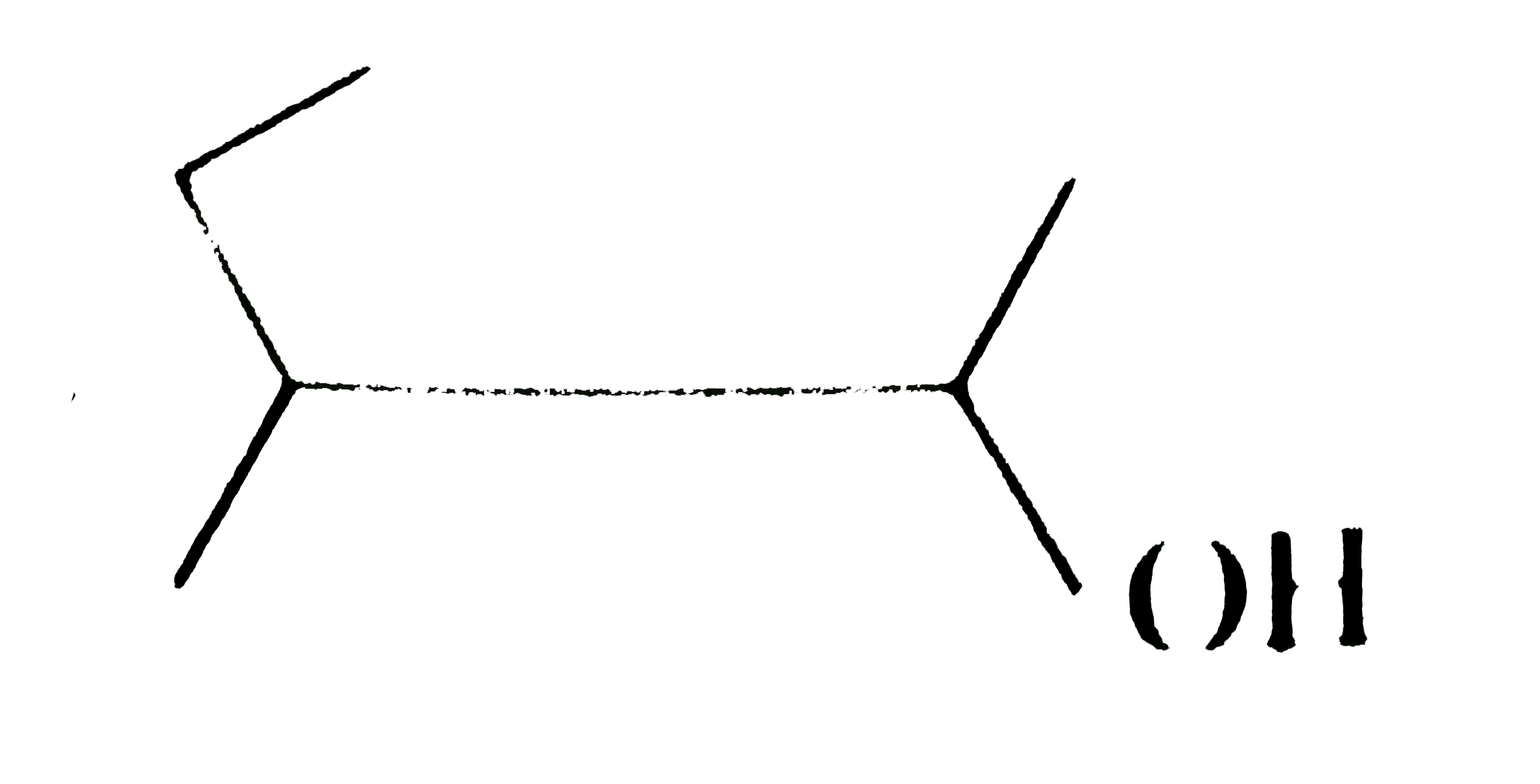 Conc.H2SO4−−−−−−−→ Major product isA
Conc.H2SO4−−−−−−−→ Major product isA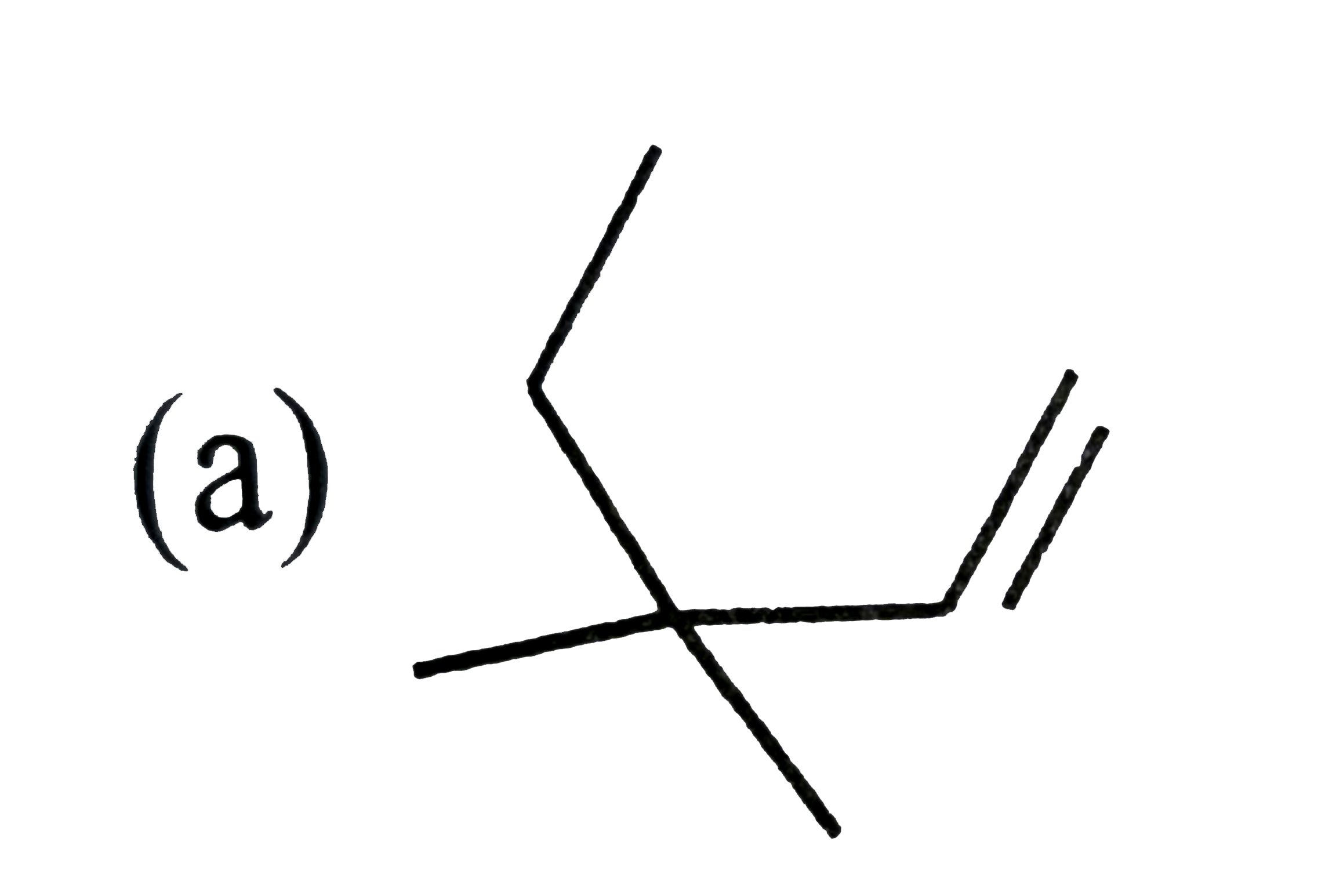 B
B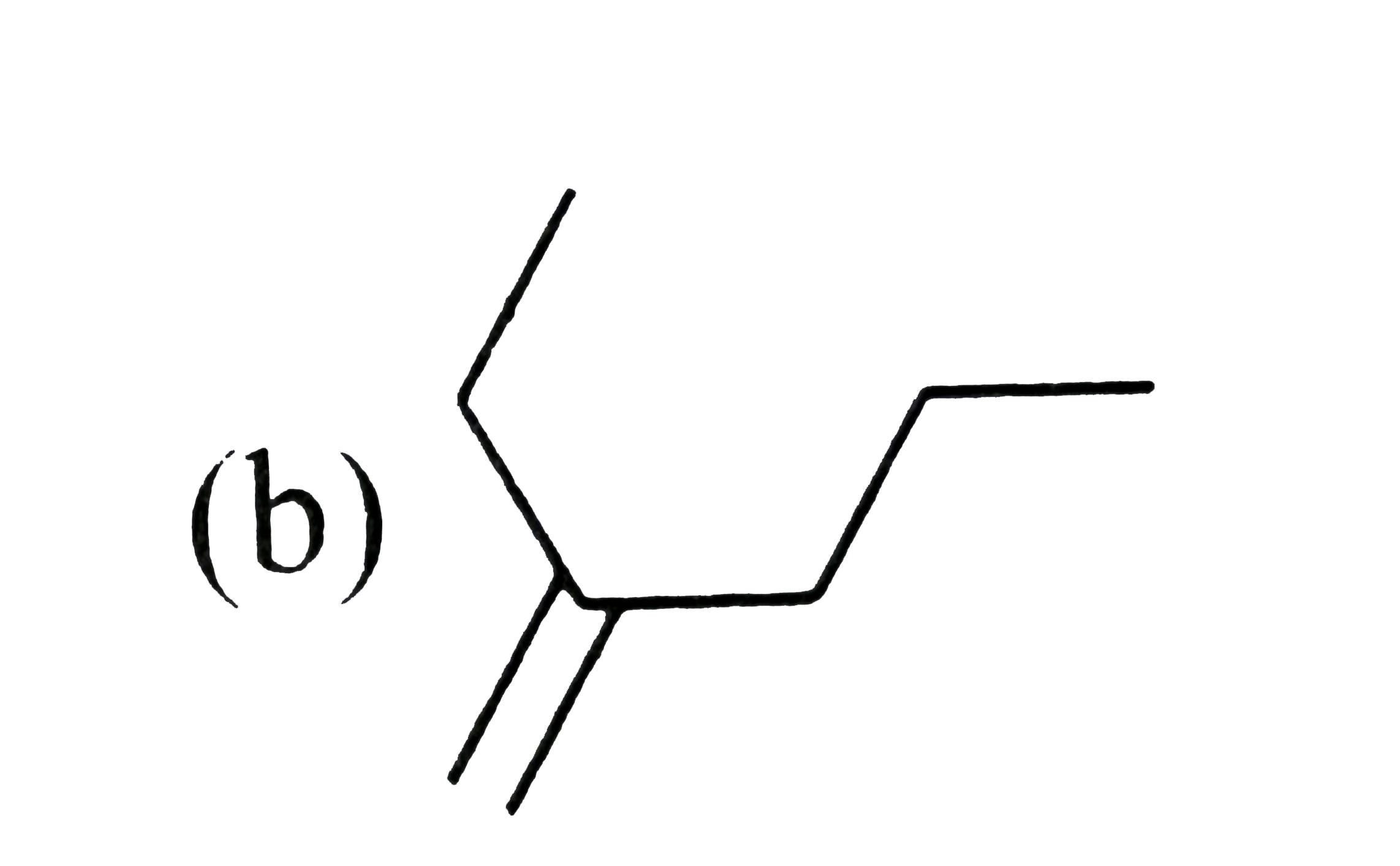 C
C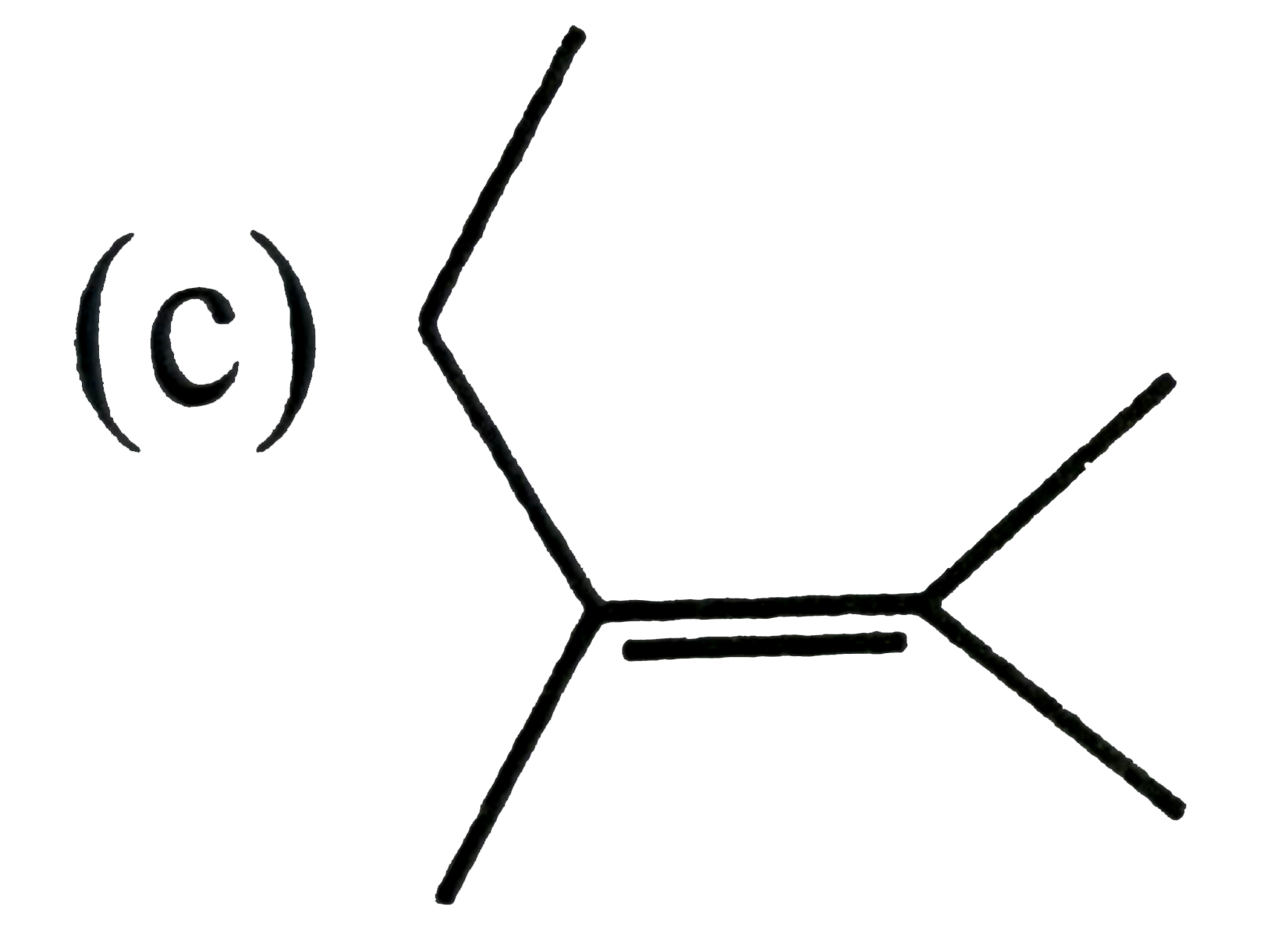 D
D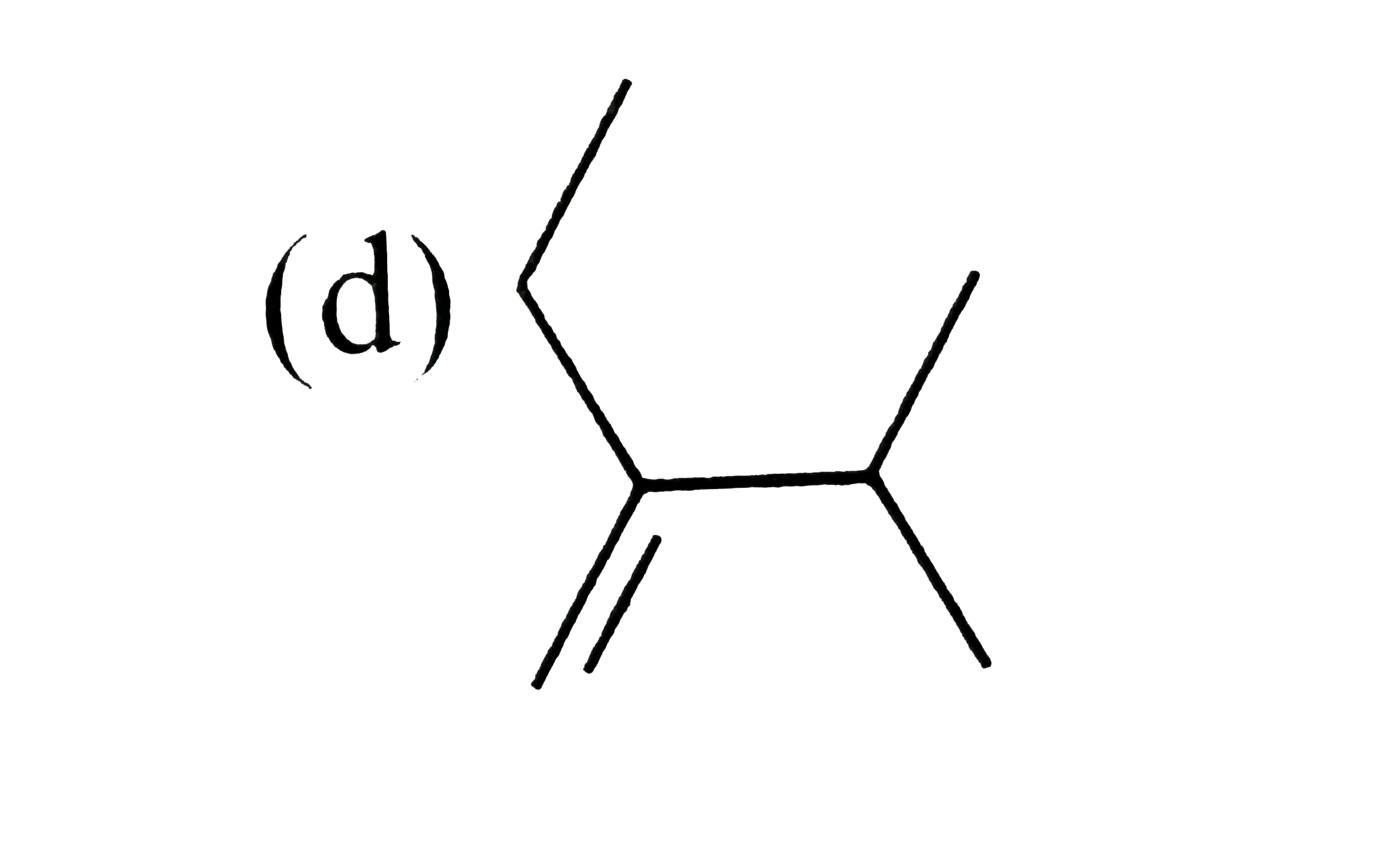
- Question 2 - Select One
The main product of the following reaction is
C6H5CH2CH(OH)CH(CH3)2conc.H2SO4−−−−−−→?A_E01_100_O01.png) B
B_E01_100_O02.png) C
C_E01_100_O03.png) D
D_E01_100_O04.png)
- Question 3 - Select One
The main product of the following reaction is
C6H5CH2CH(OH)CH(CH3)2conc.H2SO4−−−−−−→?A B
B C
C D
D
Identify A and B in the following reactions :
CH3CHO[H]−−→Aconc.H2SO4−−−−−−→heatB+H2OView SolutionThe main product of the following reaction is
C6H5CH(OH)CH(CH3)2conc.H2SO4−−−−−−−→View SolutionIdentify the product S in the following series of operations :
C2H2dil.H2SO4−−−−−−→Hg2+(P)K2Cr2O7/H+−−−−−−−−→(Q)CaCO3−−−→(R)Δ−−→(S)View SolutionThe main product of the following reaction is C6H5CH2CH(OH)CH(CH3)2conc.H2SO4−−−−−−−→?
View SolutionThe major product of the following reaction
 (1)tBuOK−−−−−−−−−−−−→(2)Conc.H2SO4/ΔView Solution
(1)tBuOK−−−−−−−−−−−−→(2)Conc.H2SO4/ΔView Solution


_S01_475_Q01.png)